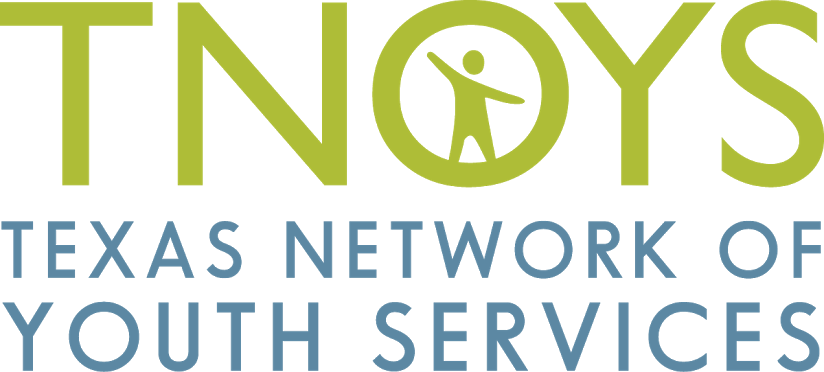 Reducing seclusion and restraint practices in youth services is a priority for TNOYS because it is so important to preventing re-traumatization of youth who have experienced abuse or neglect. Since 2014, TNOYS has been coordinating the statewide Seclusion & Restraint Reduction Leadership Group, initially established by the Hogg Foundation for Mental Health, which brings together stakeholders across different fields to share best practices for reducing these harmful practices. Last month, we were excited to welcome these groups to an event sharing the results of a year-long environmental scan that looked at efforts to reduce use of traumatizing seclusion and restraint practices in all settings.
Reducing seclusion and restraint practices in youth services is a priority for TNOYS because it is so important to preventing re-traumatization of youth who have experienced abuse or neglect. Since 2014, TNOYS has been coordinating the statewide Seclusion & Restraint Reduction Leadership Group, initially established by the Hogg Foundation for Mental Health, which brings together stakeholders across different fields to share best practices for reducing these harmful practices. Last month, we were excited to welcome these groups to an event sharing the results of a year-long environmental scan that looked at efforts to reduce use of traumatizing seclusion and restraint practices in all settings.
TNOYS led the environmental scan effort throughout 2017 with funding from the Hogg Foundation for Mental Health and in partnership with members of the Seclusion & Restraint Reduction Leadership Group and other key stakeholders across Texas. To gather information for the scan, TNOYS engaged stakeholders through a variety of meetings and forums, including a focus group, a facilitated meeting, and approximately fifty interviews over the course of five months. TNOYS examined efforts to reduce use of seclusion and restraint practices in areas including public education, child welfare, juvenile justice, criminal justice, mental health, services for people with disabilities, and services for the aging.
The release event for the findings of the environmental scan reflected this diversity, with professionals from various types of programs and sectors attending and presenting. Because of the depth and breadth of findings and recommendations coming out of the scan, we chose to let leaders and innovators from different stakeholder groups share information in their own voice through dynamic and fast-paced “shift & share” format, which allowed the audience to hear from a number of people in an engaging way.
The crowd at the event was enthusiastic and inspired by the progress that has been made over the years by the Seclusion & Restraint Reduction Leadership Group. It was encouraging to see the excitement around the work that has been done and the cross-sector connections that have been made, particularly because this type of systems change work can be difficult and isolating. We were also encouraged to welcome a number of new leaders and advocates who are working to prevent or reduce seclusion and restraint.
TNOYS will soon release a report with findings and recommendations from the environmental scan, which shares unique successes and challenges across the different sectors that were examined. It is worth noting that despite the wide variety of fields that were studied, many stakeholders who contributed to the scan articulated a clear need to support systems reform and cross-system collaboration.
This suggests that cross-sector efforts such as the Seclusion & Restraint Reduction Leadership Group are worthwhile. Moving forward, TNOYS hopes to see the group and its efforts continue to grow and evolve into a new format that can better support and strengthen the many disjointed efforts across Texas to reduce use of seclusion and restraint practices.
